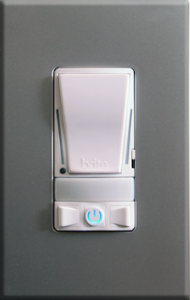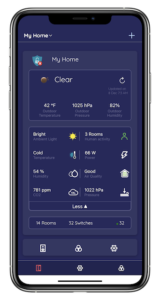Designing A Durable And Upgradeable Smart Switch

Founder, Nuro Technologies
A smart switch should be expected to have at least a 10+ year life, at which point the technology may have changed sufficiently to justify an upgrade. It should have a longer operational life if the homeowner chooses to not upgrade.
With this goal, there are several aspects that need to be addressed.
- The mechanical design must be robust, this includes the plastics, actuating mechanisms and the switches. Materials must be selected to endure many years of operation.

- The electronic subsystems must use premium components sourced from reputable distributors and vendors. The design must be conservative with components selected to have sufficient margins to ensure they aren’t stressed during extended use.
It would be advantageous to incorporate a modular approach to the switch design that enables future upgrades. Creating two subsystems both mechanically and electrically. The back of the switch that mounts into the wall box would contain the power electronics that deal with load control and providing low voltage power to the digital electronics. Control signals between the two subsystems would be optically isolated to further segregate the high voltage from the low voltage subsystem that is located at the front of the switch. The digital subassembly should be enclosed within its own plastic housing and contain all the sensors, the processor, WiFi circuitry in addition to the user accessible rocker, buttons and LED indicators.

The homeowner can then safely remove the faceplate and release the digital subassembly from the power subassembly. The removal of the digital subassembly would deactivate the air gap switch, removing all high voltage from the power subassembly. The homeowner replaces the digital subassembly (with updated electronics and/or sensors) and then re-attaches the faceplate. Upgrade complete and all performed safely without the need to handle any high voltage wiring.


